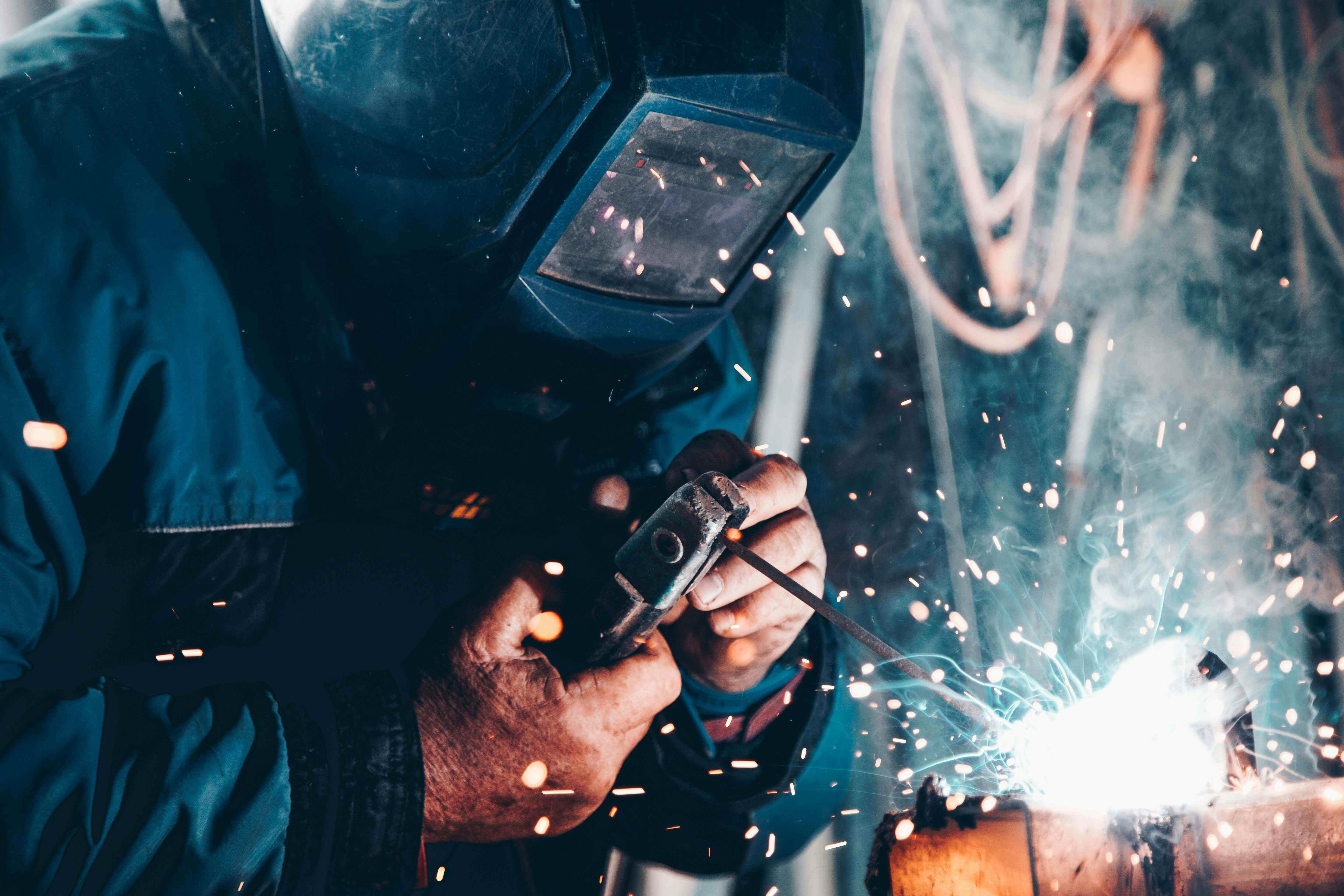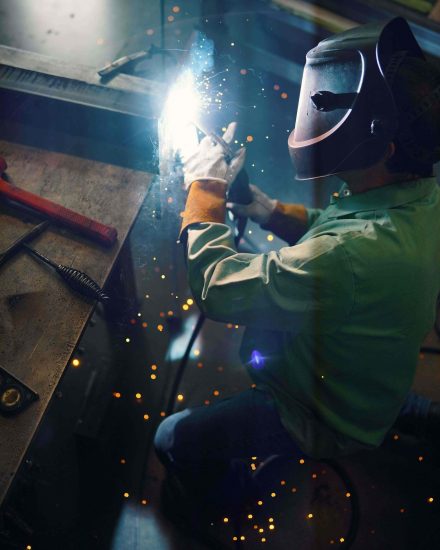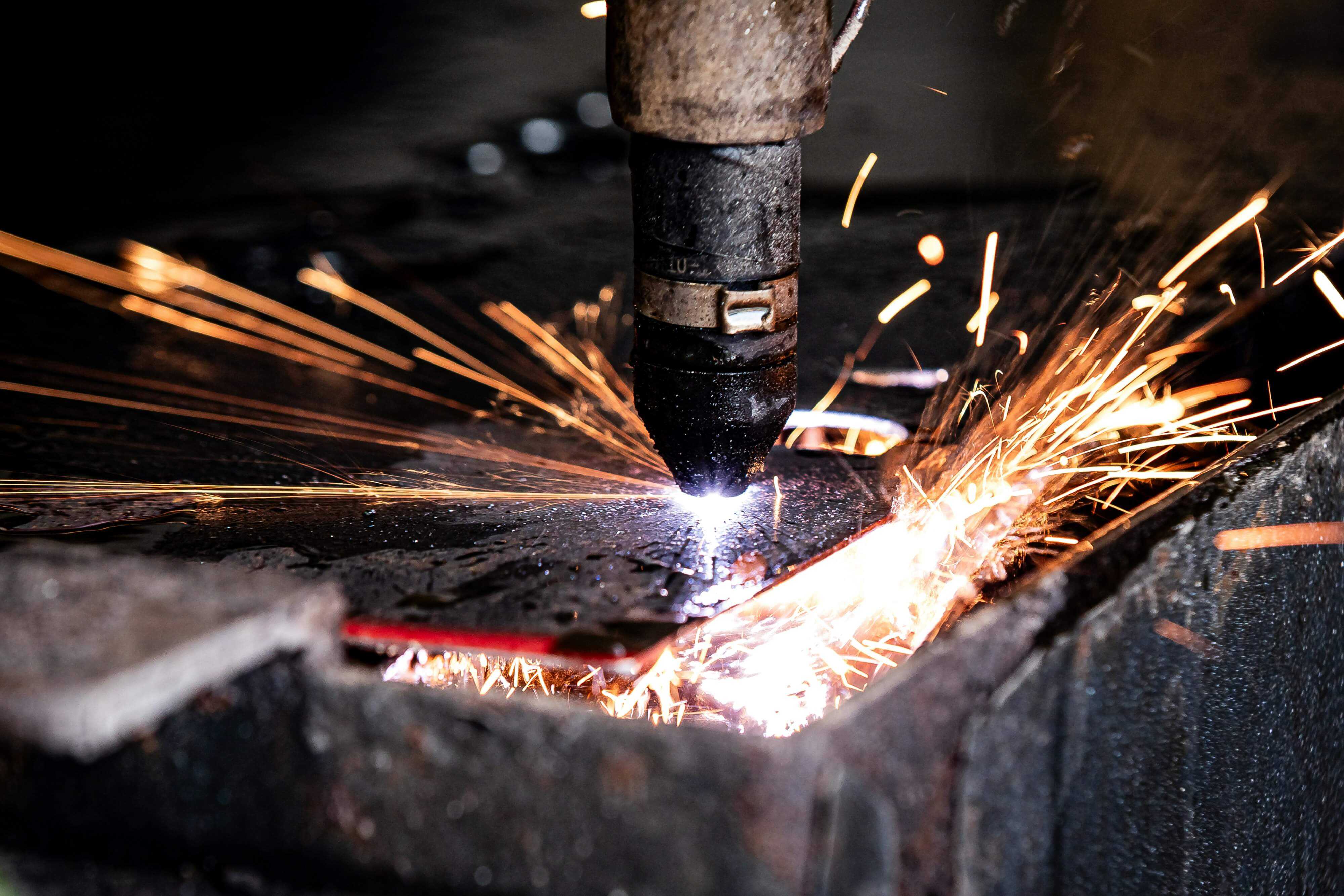
For fabrication, maintenance and field service, Acetylene, Industrial Grade remains the most versatile fuel gas: it delivers a hot, concentrated flame, fast pierce, quick preheat and high travel speeds in carbon steels—while also enabling fusion welding, brazing, straightening and shrink fits with one setup. Coregas supplies acetylene as a dissolved gas in cylinders made for safe transport and handling; it’s a mainstay of NZ workshops and mobile rigs alike.
Why Acetylene Still Wins for Oxy-Fuel Work
The acetylene–oxygen flame reaches one of the highest temperatures of any common fuel gas, with a tight inner cone that focuses heat right where you need it. That means shorter preheats, cleaner pierce on plate, narrow heat-affected zones, and less grinding after the cut. Coregas’ product page highlights industrial acetylene for cutting, gouging, brazing and heat-forming, and calls out its low ignition energy and low moisture in the flame—key contributors to quick starts and consistent results.
What You Can Do with Industrial Acetylene
Oxy-acetylene cutting & gouging for carbon steels in maintenance and fabrication.
Fusion welding & brazing on light-gauge tasks, repairs and farm equipment.
Heat straightening & pin release, shrink fits and general heat-forming.
Preheat/post-heat where your WPS specifies it to avoid cracking or to manage distortion.
The Neutral Flame—Your Daily Quality Control

A correctly balanced neutral flame gives you the sharp inner cone and clean kerf you’re after. Too much fuel produces a carburising flame (sooty, wider kerf, poor edge), and too much oxygen gives an oxidising flame (sparkly, gouges, brittle edges). See visual guides that demonstrate the look of neutral vs carburising vs oxidising flames—the pictures are worth a page of text when you’re training new operators
Quick neutral-flame check
Set acetylene to a stable feather, then introduce oxygen until the feather just disappears and the inner cone is crisp.
Adjust cutting oxygen last (per torch maker), then test on scrap to confirm edge colour and drag lines
Tip & Pressure Selection (Principles You Can Apply)
Tip charts vary by torch and tip OEM; always follow your manufacturer. The principles are common:
Plate thickness → larger tip orifice to supply enough preheat and cutting oxygen.
Gas pressures scale with thickness: too low and you’ll get a ragged kerf; too high and you’ll wash the cut and widen the kerf.
Travel speed must match heat input, if drag lines lean back and the bottom of the kerf lags, speed up or increase preheat; if the top edge melts back, slow down or reduce heat. General overviews stress the importance of balanced pressures and steady travel to keep the kerf clean.
Pro tip: Log your shop-standard settings for the most common thicknesses (e.g., 6 mm, 10 mm, 12 mm, 16 mm, 20 mm) directly on the cutting bench, with torch and tip identifiers.
Heating & Brazing: Consistent Wetting without Overheating
Rosebud (heating) tips deliver broad, even heat for straightening, shrink fits and preheats. Keep the flame neutral and watch colour changes.
Brazing tips suit close control of pool size; clean the joint, use the right flux, and keep tip distance steady so capillary action does the work.
Flashback Prevention—Non-Negotiable
Acetylene is extremely flammable, and flashback can destroy equipment—or worse. Put flashback arrestors on the regulators and on the torch, use check valves, purge in the correct order, and leak-test during start-up. Coregas’ Safety around gases area compiles guidance and relevant standards (ANZIGA, Standards NZ/Australia) for storage, use and transport that you can integrate into toolbox talks and SOPs. 60-second flashback checklist
Arrestors at the regulator and torch ends (in date, correct flow direction)
Hoses in good condition, correct ID and colour
Purge order followed, no cross-connecting
No copper alloys > ~65% Cu, no silver/mercury in contact with free acetylene (avoid acetylide formation)
Start-Up & Shutdown SOP
Start-Up
Inspect and secure cylinders upright; check that valves are closed; verify arrestors and check valves.
Open acetylene regulator and set a low start pressure; open oxygen regulator to OEM spec.
Purge lines individually.
Light acetylene, then add oxygen to a neutral flame; set cutting oxygen.
Test cut and inspect the drag lines and top-edge melting; adjust tip distance and travel speed.
Shutdown
Close torch valves, then close cylinder valves.
Bleed lines; back off regulators.
Coil hoses neatly; cap cylinders if moving; record tip and pressures used for the job card.
Troubleshooting
Scroll
| Symptom | Likely cause | Fast check | Fix |
|---|---|---|---|
| Popping/backfire | Tip too close, contaminated; low acetylene pressure | Inspect tip for slag; confirm pressures | Clean/replace tip; reset pressures |
| Wide kerf & heavy top melt | Oxidising flame, too slow travel | Look at inner cone & edge colour | Dial back oxygen/add fuel; increase travel |
| Heavy dross on underside | Too fast or too little preheat | Watch drag lines (angled back) | Slow down or increase preheat |
| Poor brazing wetting | Dirty joint/flux; carburising flame | Clean again; check flame feather | Neutralise flame; re-flux |
| Flashback event | Blocked tip; hoses kinked; wrong purge | Check tip, purge, arrestor date | Replace tip; re-purge; train operators |
Storage, Handling & Transport in NZ
-
Storage: cylinders upright, restrained, in a dry, non-combustible, ventilated area, below ~65 °C, away from vehicle routes and exits.
-
Handling: use a rated cylinder trolley; never drag or roll; keep valve guards on when not connected.
Transport: acetylene is UN 1001, DISSOLVED; classify and restrain appropriately; ventilate the vehicle compartment; keep valves closed and capped; ensure drivers are briefed on Hazchem actions.
Productivity Math—Where Shops Actually Save

Your gas cost is real, but the biggest line items are preheat time, travel speed, rework, and tip life. Fine-tuning tip selection, maintaining the neutral flame, and enforcing start-up/shutdown SOPs typically saves more hours than shaving a dollar off a cylinder exchange. Coregas’ NZ footprint, industrial gas catalogue and store-finder help simplify exchanges and multi-pack supply, which reduces downtime on high-throughput jobs.
Training Aids (drop into your LMS or noticeboard)
-
Flame ID poster: neutral vs carburising vs oxidising, with photos and “what it looks like on the edge” captions
-
Bench sticker: “Cutting checklist, tip, pressures, neutral cone, travel speed, slag check.”
-
Flashback mini-poster: arrestors locations, purge order, and “no copper-rich fittings for free acetylene.”
FAQs
Conclusion & CTA
For shops that live by turnaround time and edge quality, Acetylene, Industrial Grade remains the all-rounder: fast preheat, clean kerfs, tight inner cone control and broad process coverage from cutting and gouging to brazing and heat forming. Pair it with disciplined neutral-flame setup, arrestor placement, and start-up/shutdown SOPs, and you’ll see the savings where they count: fewer grinder passes, fewer tip changes, and less idle time between cuts. To get supply aligned with your workload, browse Coregas’ acetylene and industrial-gas ranges or use the Store Finder to plan exchanges and multi-packs for high-volume days.